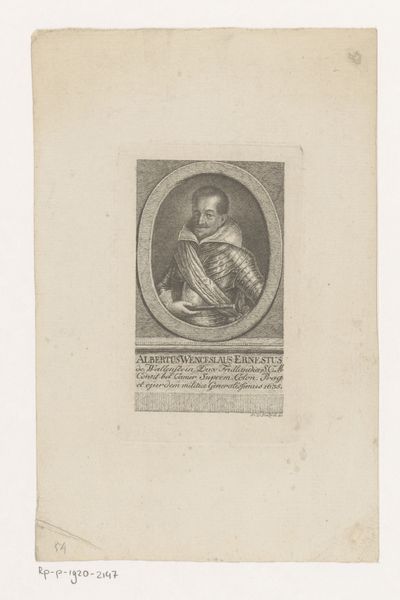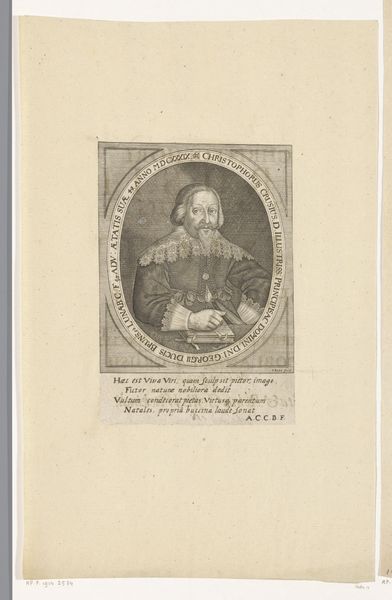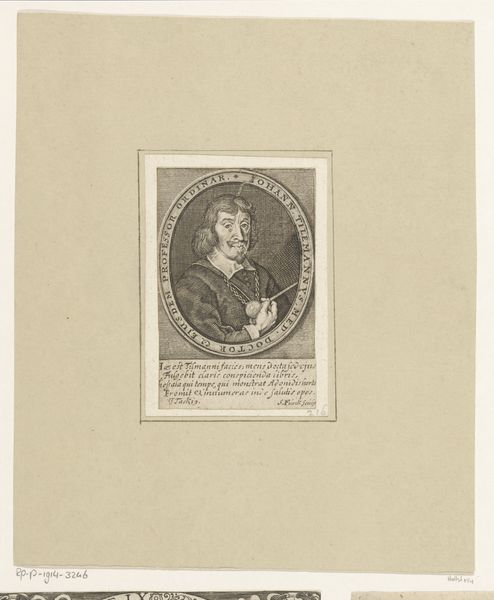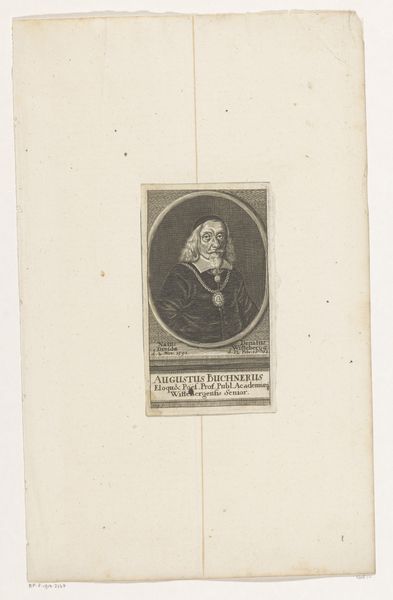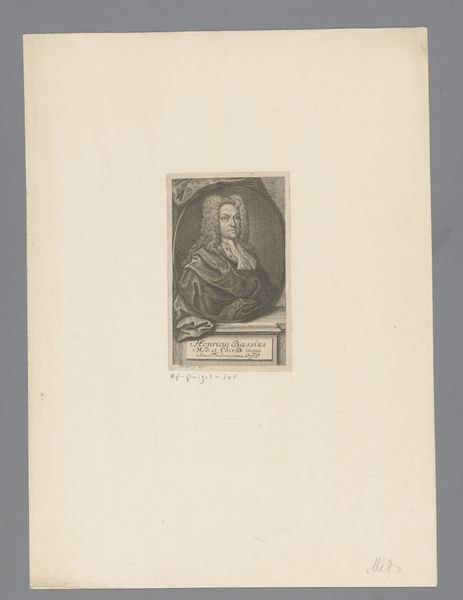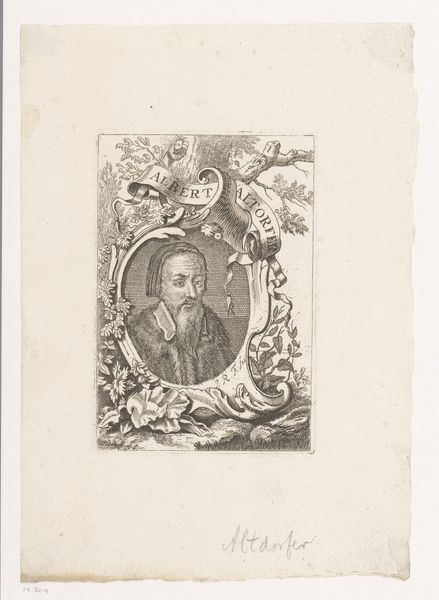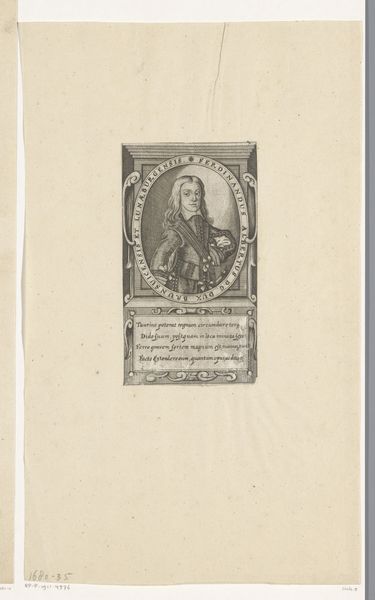
print, engraving
#
portrait
#
neoclacissism
# print
#
history-painting
#
academic-art
#
engraving
Dimensions: height 92 mm, width 52 mm
Copyright: Rijks Museum: Open Domain
This print of Frederick the Great was made by Johann Ernst Gericke in Berlin, in 1780, using etching and engraving. These are both intaglio processes, meaning that the image is incised into a metal plate, in this case probably copper. Consider the labor involved in the production of this small portrait. First, the plate would have to be prepared and polished. Then, using specialist tools, the artist would have carefully cut the lines that hold the ink. With etching, acid does some of the work. The plate is covered with a waxy ground, the image drawn into it, and then the acid bites away the exposed metal. Engraving involves only the burin, a handheld cutting tool. The resulting print is incredibly detailed. Look closely, and you can see the artist’s mastery of line, capturing the likeness and status of the Prussian King. Prints like this were luxury multiples, allowing the image of the monarch to be widely disseminated. It is a powerful example of how craft and mechanical reproduction have long been intertwined with politics and power.
Comments
No comments
Be the first to comment and join the conversation on the ultimate creative platform.
